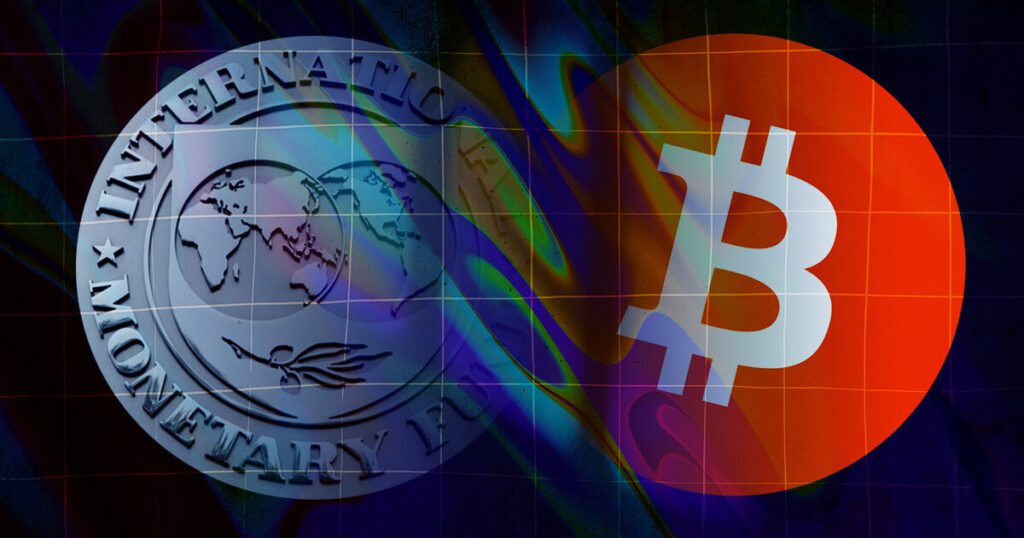The International Monetary Fund (IMF) has revised its payments balance standards to reflect the growing impact of digital assets.
According to the new manual of the balance of payments, seventh edition (Bpm7), cryptocurrencies like Bitcoin (BTC) are now classified as non-financial assets, while certain tokens are treated as actions.
The manual updated, published on March 20, marks the first time that the IMF has joined detailed advice for digital assets in its global statistical standards.
Crypto without passive
The framework divides digital assets into fungible and non -funsible tokens, with other distinctions according to their corresponding responsibility.
Bitcoin and similar tokens without passive are classified as capital assets, while the stabbed, which are supported by passives, are treated as financial instruments.
According to the IMF:
“The cryptographic assets without responsibility of a counterpart designed to act as a means of exchange (for example, Bitcoin) are treated as non -financial assets not produced and recorded separately in the capital account.”
In practice, this means that the flow of cross -border cryptography involving assets like Bitcoin will be recorded in capital accounts as unquisitions or provisions of non -product assets.
Meanwhile, tokens with a protocol or a platform – such as Ethereum or Solana (soil) – can be classified as equity -shaped assets if their owner lies in another country of the initiator.
For example, if a British investor holds Solana tokens issued by the United States, the position would be recorded as “joint-stock assets”, in parallel with traditional investments in foreign shares.
The IMF notes that these assets, despite dependence on cryptography, are considered comparable to standard equity in terms of property rights.
Servicuments appeal and validation services
In a nod to the complexity of cryptographic and yielding cryptographic activities, the IMF has also said that the rewards of puncture gained in detention of these tokens may resemble dividends on actions and must be recorded under income from the current account, depending on the size and purpose of participation.
The manual introduces a conceptual change for countries compiling macroeconomic statistics, aimed at improving visibility in the economic impact of digital assets and related services.
Transactions involving the validation of cryptographic asset transfers – such as mining or intention – must be processed as the production of services, adding them to exports and imports of IT services.
The BPM7 manual has been developed thanks to a world consultation involving more than 160 countries and should guide official statistics for the coming years.
Although the implementation will vary according to the jurisdiction, the decision of the IMF marks a significant step towards the recognition of the macroeconomic relevance of digital assets in a standardized and generally comparable format.
Mentioned in this article




